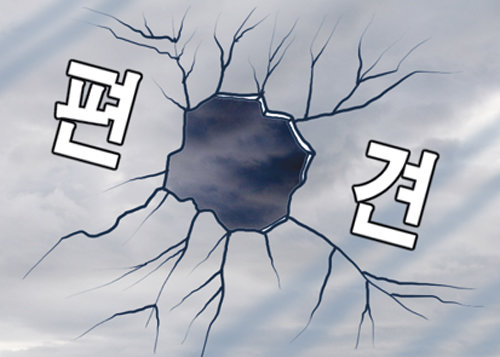Madame Butterfly and M. Butterfly
Madame Butterfly and M. Butterfly
Posted February. 13, 2019 07:32,
Updated February. 13, 2019 07:32

Art seems to be free from all prejudices but it sometimes hides them in its beauty. The case in point is “Madame Butterfly” by Italian composer Giacomo Puccini. Of course, it is unintentional. Puccini wanted to move the audience’s heart with this tragic story, where a Japanese geisha is deserted by her husband, American naval officer. In fact, people don't easily get moved after listening to “One Fine Day” by Maria Callas. The problem is Puccini’s opera shares the prejudice of the original story on which the opera is based. The original story is the semi-autobiographical French novel “Madame Chrysanthème” by Pierre Loti. More specifically, the opera is based on American writer John Luther Long’s short story “Madame Butterfly,” which was affected by “Madame Chrysanthème.” The opera adopted the prejudices on the East and Asian women as well as the story from the original novel. It depicted Asian women as weak and obedient like butterflies and someone who submit to the masculinity of the West.
The prejudices contained in art can only be corrected through art. The “M. Butterfly” by Chinese-American writer David Hwang is a great example. The main characters in the play are French diplomat Rene Gallimard and Chinese actress Song Liling. It turns out later that Song, whom Gallimard was madly in love with, was actually a male. Gallimard does not know the Chinese tradition, where a male actor plays a female character, and thinks Song is a woman. The writer criticizes the racism and sexism that are implicit in “Madame Butterfly” by making French man’s prejudice against the East the theme of the play. The one who gets fooled by love and deserted is not an Asian woman but a Western man. According to the writer, Gallimard thought of himself as the male character in “Madame Butterfly” and his lover as a butterfly but realized at the end that he was the butterfly after all. That is why the title of this play is “M. Butterfly,” which means mister butterfly.
As can be seen from this example, some artworks unintentionally shares or strengthens prejudices while others intentionally contribute to breaking those prejudices. This is the difference between “Madame Butterfly” and “M. Butterfly.”







